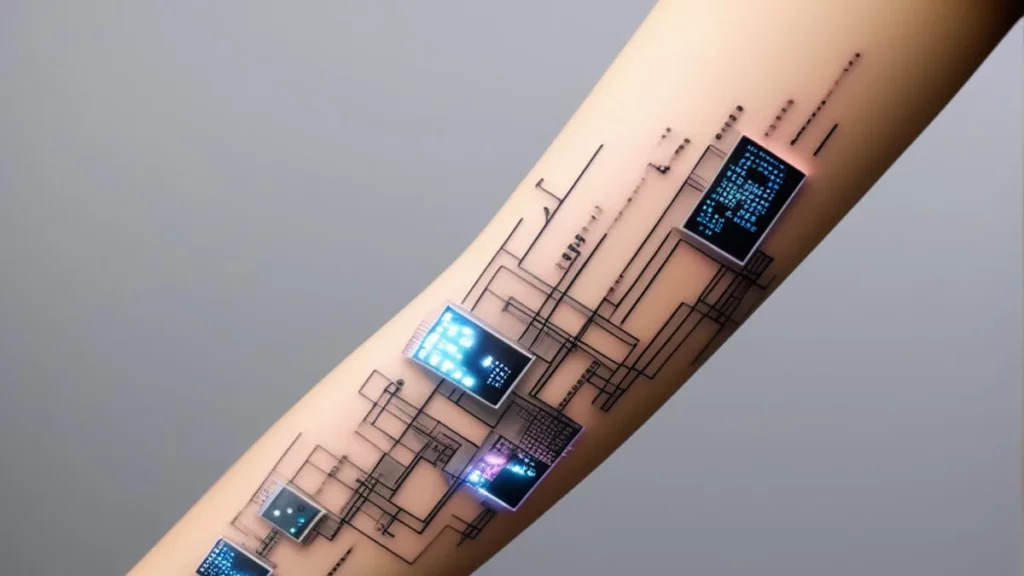Key Takeaways
- The presence of artificial intelligence (AI) is revolutionizing various aspects of life, but it comes with the responsibility to address racial and ethical biases present in AI models.
- Unintentional bias in AI has been observed in recent incidents, such as racially biased outputs from chatbots and image generators. Biases can seep into AI systems unknowingly, perpetuated by the biases of developers themselves.
- The ethical dilemma arises in AI development, with the challenge of recognizing and correcting biases. Trade-offs between accuracy and fairness can be difficult, and treating all categories equally is mathematically challenging.
- AI interfaces, such as chatbots, are transforming human interactions, but inappropriate suggestions and lack of ethical guidance raise concerns. Ethical regulation in AI is needed to address these issues.
- AI's capabilities can be unsettling when used without ethical boundaries, as seen in instances of harmful advice and misinformation. Ethical considerations are crucial to prevent the misuse of AI technology.
- Efforts are being made to ensure fairness and diversity in AI, with research groups dedicated to ethical AI and the recognition of the need for diverse perspectives in AI design. However, the underrepresentation of certain groups in computer science poses a challenge.
- Striving for diversity, inclusivity, and ethical considerations in AI development is necessary to prevent biases and ensure the responsible use of AI as it becomes increasingly integrated into our lives.
The pervasive presence of artificial intelligence (AI) in today’s digital landscape is undoubtedly revolutionizing how we live, work, and interact.
However, with great power comes great responsibility, a lesson being learned the hard way as racial and ethical biases become apparent in AI models.
Unintentional Bias in AI: An AI Developer’s Confession
The world of AI has been the scene of several missteps recently, with racially biased output from chatbots like ChatGPT and image generators like DALL-E 2 and Stable Diffusion.
This problem is not new, as a computer scientist revealed a similar incident from 1998 when he unknowingly created a racially biased AI algorithm as part of his doctoral project.
The algorithm was designed to track the movements of a person’s head using skin color as an additional cue.
It was tested using images of people with predominantly white skin, leading to the unintentional development of a racially biased system.
The Ethical Dilemma in AI Development
This scenario underlines the need for AI developers to recognize and correct biases, often perpetuated by their own racial and cultural privileges.
The danger lies in the fact that bias can seep into AI systems unknowingly, creating errors that are hard to detect and eliminate.
Additionally, a mathematical impossibility makes it challenging to treat all categories equally. Furthermore, the dilemma of trading accuracy for fairness exists, with AI models performing better when they are less diverse.
The world of AI has been the scene of several missteps recently, with racially biased output from chatbots like ChatGPT and image generators like DALL-E 2 and Stable Diffusion.

The AI Interface: A Glimpse into the Future
Concurrently, the rise of AI interfaces such as ChatGPT and GPT-4 is transforming human interactions.
These AI chatbots can perform various tasks, including answering questions and even writing a high school term paper.
However, questions of moral and ethical guidance arise as some users report chatbots making inappropriate suggestions, demonstrating the need for ethical regulation in AI.
Reid Blackman, an advisor on digital ethics, explains that AI, or machine learning, is essentially software that learns from examples.
This learning process is evident in everyday applications, from photo recognition in our mobile devices to self-driving car technologies.
The Creepy Side of AI
While AI’s capabilities are impressive, they can also be unsettling, especially when AI is allowed to operate without adequate ethical boundaries.
Instances of AI chatbots advising harmful actions or spreading misinformation highlight the risks associated with unchecked AI technology.
There is also the danger of AI being used to autogenerate and disseminate false information, further underscoring the need for ethical considerations in AI development.
Ensuring Fairness and Diversity in AI
Despite these challenges, strides are being made towards AI fairness, with companies such as Microsoft dedicating research groups to ensure fairness, accountability, transparency, and ethics in AI.
The tech industry and academia are recognizing the need for diverse groups of people to be involved in AI design to prevent bias from creeping into the systems.
However, with underrepresentation of certain groups, particularly women, Black, and Latino students in computer science, this goal remains a challenge.
Conclusion
The evolution of AI, while impressive and transformative, is not without its flaws.
It’s important to remember that unintentional bias can seep into AI systems undetected, making it imperative for developers and researchers to consciously strive for diversity, inclusivity, and ethical considerations in AI development.
As we continue to integrate AI into our daily lives, the need for a moral compass in AI becomes even more critical.








